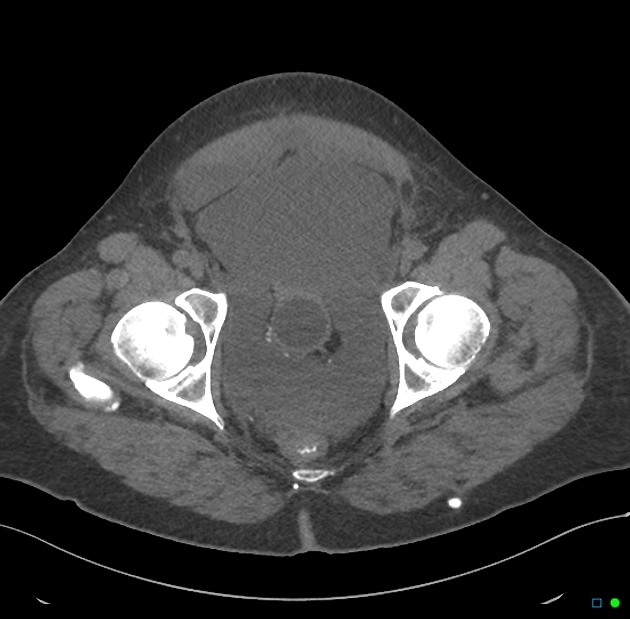Prostatectomy is a common procedure to remove the prostate gland, most often for prostate adenocarcinoma, although occasionally performed for benign prostatic hyperplasia. When performed for tumor, it is only indicated for tumors that are confined to the prostate.
There are two main types of prostatectomy, radical removes the entire prostate, whilst simple just removes the obstructing component, i.e. the benign prostatic hyperplasia within the transition zone:
-
radical prostatectomy (cancer surgery)
open radical retropubic prostatectomy (RRP)
-
laparoscopic radical prostatectomy (LRP)
robot-assisted laparoscopic prostatectomy (RALP)
robot-assisted radical prostatectomy (RARP)
radical perineal prostatectomy (RPP)
-
simple prostatectomy (for benign prostatic hyperplasia)
open retropubic
open suprapubic
robot-assisted laparoscopic
Complications
-
early
pelvic hematoma
-
anastomotic leak
not with simple prostatectomy, which does not have a vesicourethral anastomosis
nerve injury
rectal injury (rare)
ureteral injury (rare)
-
remote
bladder neck stricture
incontinence
impotence (less common with modern nerve-sparing technique)






 Unable to process the form. Check for errors and try again.
Unable to process the form. Check for errors and try again.